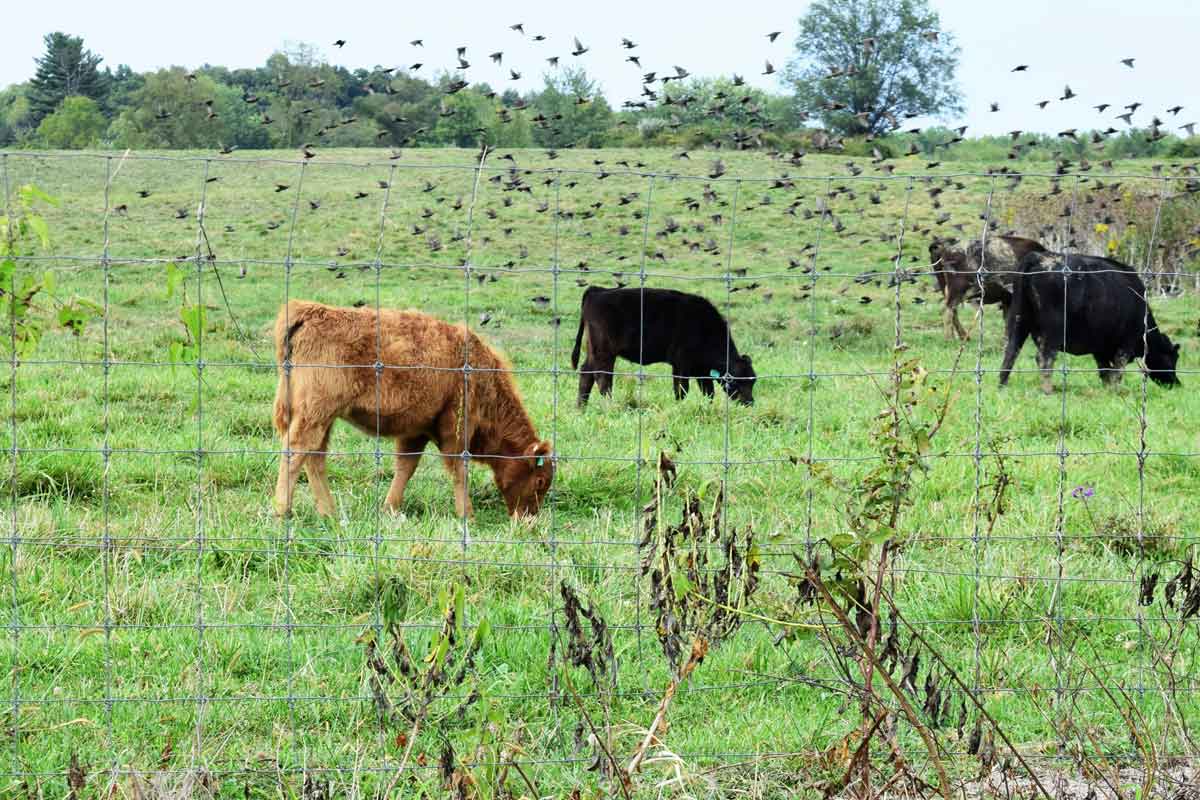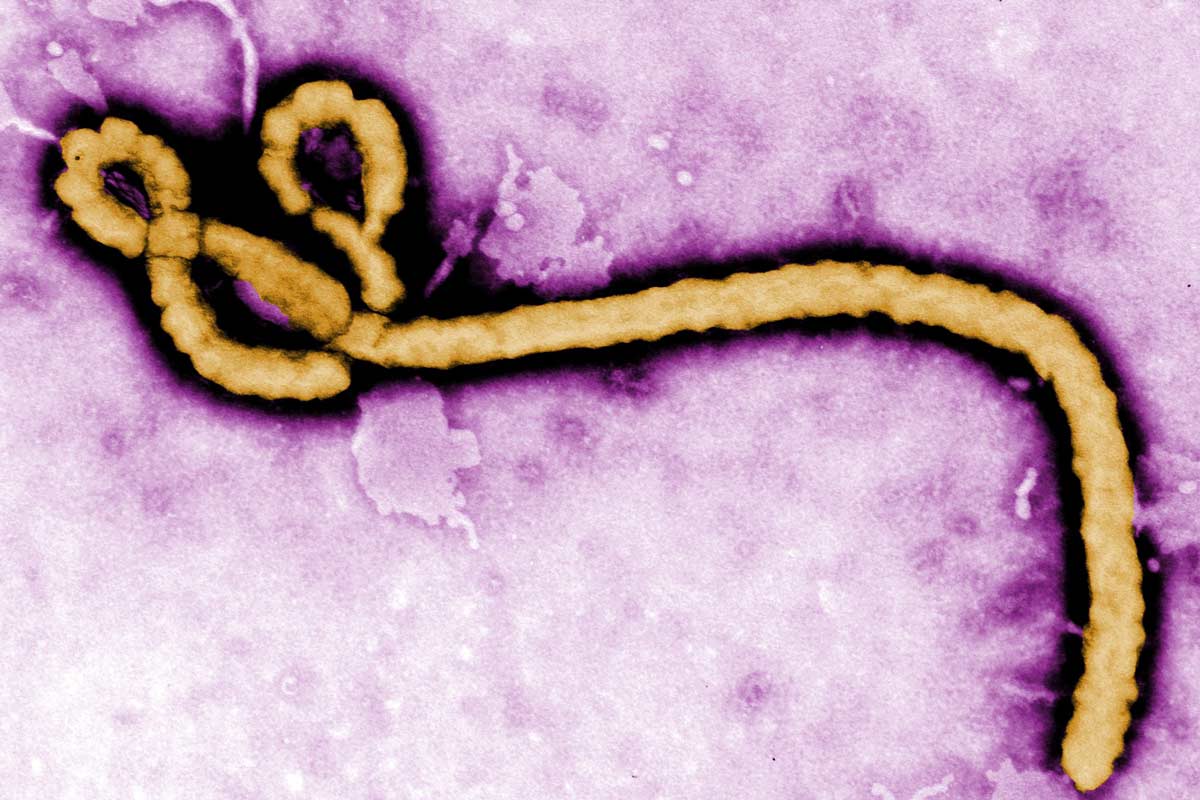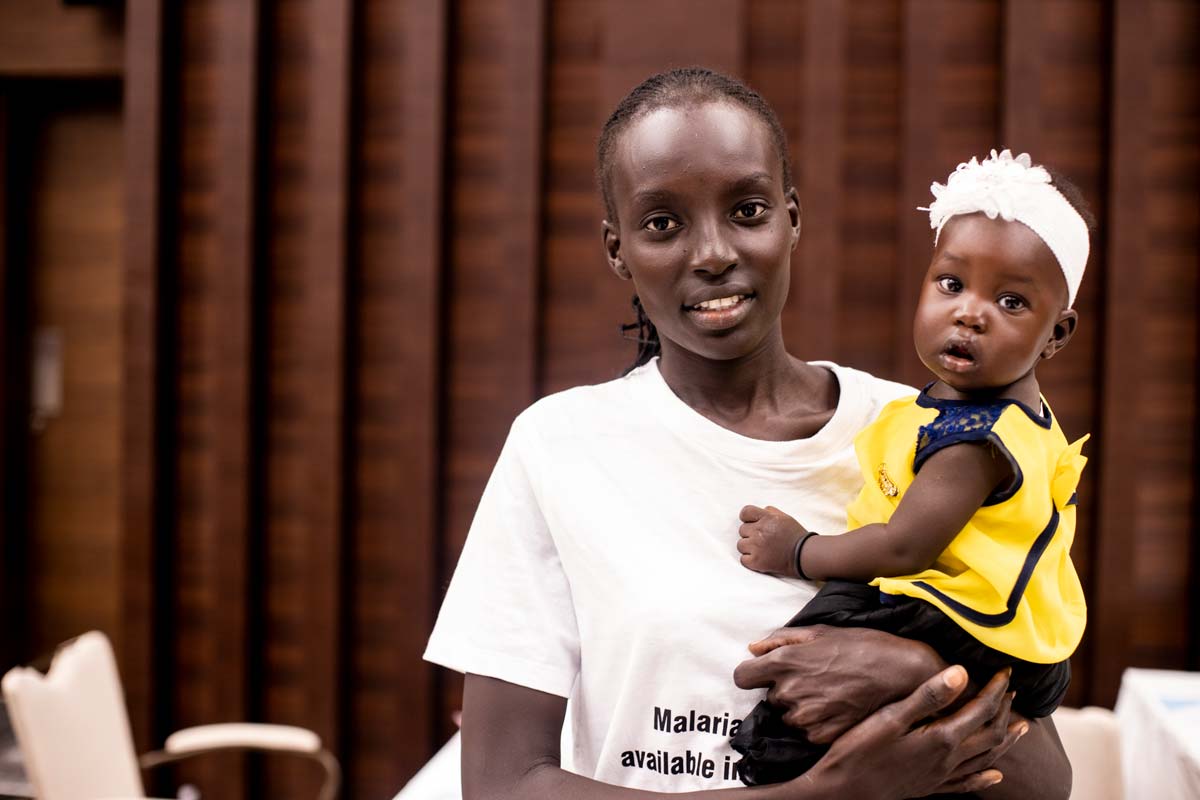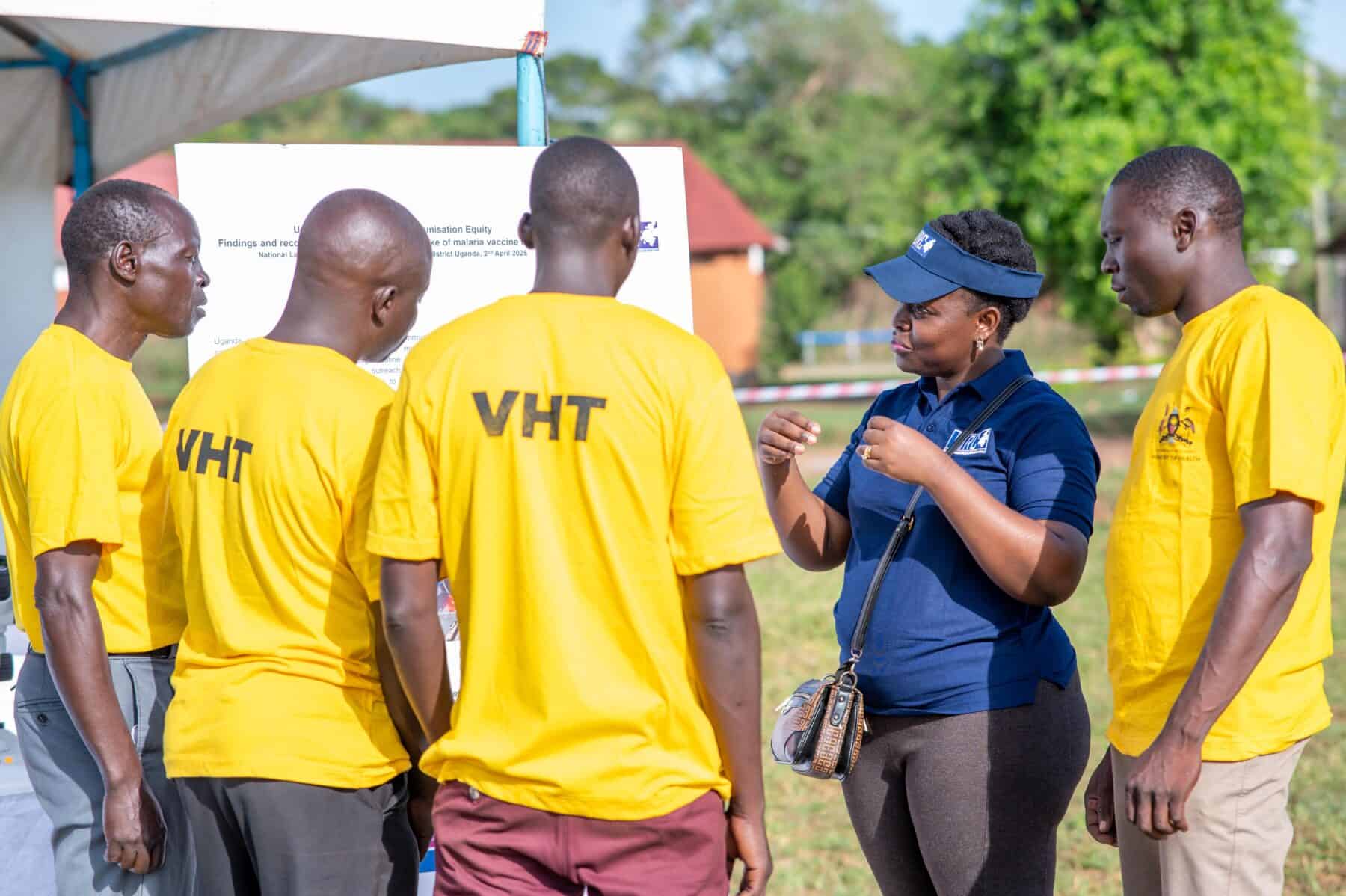How scientists are racing to understand the new mpox strain in the Democratic Republic of the Congo
A previously unknown strain of mpox is spreading near DRC’s border with Uganda, Burundi and Rwanda. Linda Geddes spoke to Leandre Murhula Masirika, Jean Claude Udahemuka and Trudie Lang, who are working to understand and contain the virus.
- 30 July 2024
- 5 min read
- by Linda Geddes
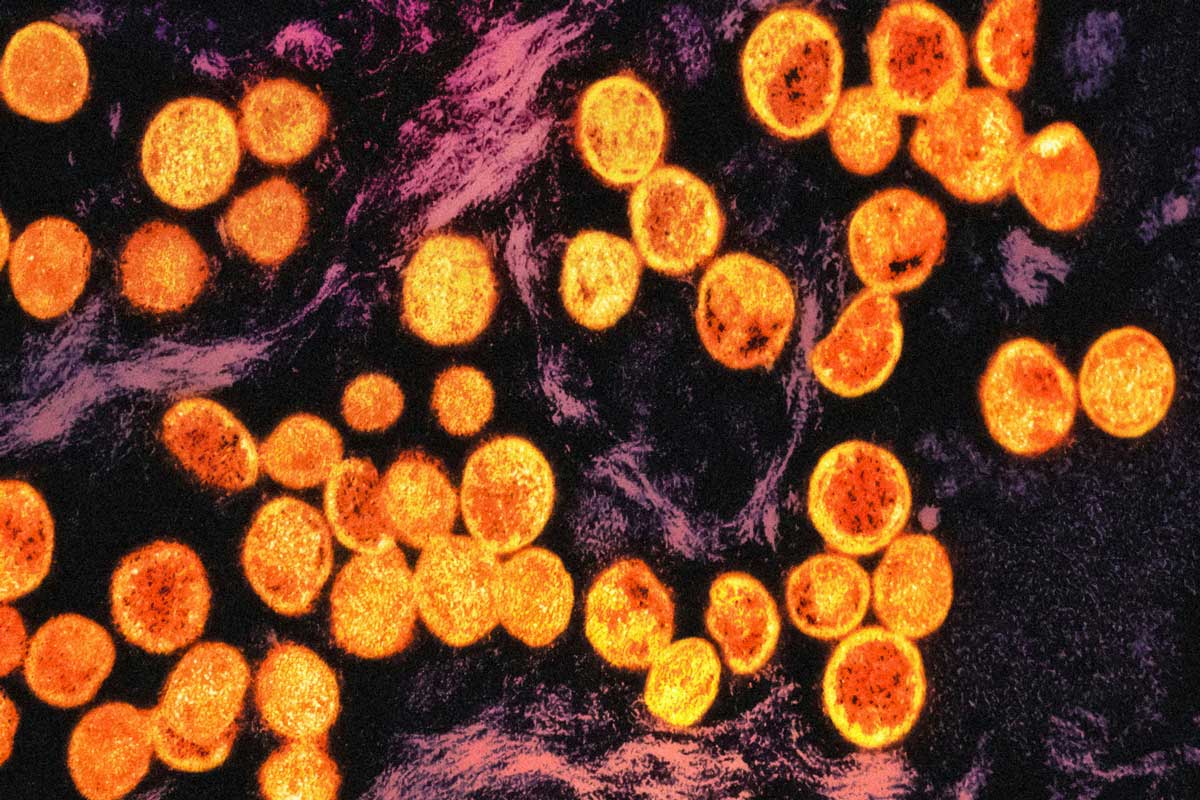
Can you briefly describe the current situation with mpox in the Democratic Republic of the Congo (DRC)?
Leandre Murhula Masirika (LMM): We are currently having two independent outbreaks of mpox in DRC: A clade I outbreak that is causing cases nationally, and this new strain – which is also clade I strain, but genetically distinct from previous mpox viruses – which is causing high mortality and high severity in South Kivu province.
Trudie Lang (TL): The number of cases we're seeing of this new strain is of significant concern. This outbreak is also happening in a vulnerable location where DRC meets Rwanda, Burundi and Uganda. People move across this border in very high numbers, and because of local poverty, remoteness by road and poor infrastructure, it makes it a very difficult place to support these cases adequately and undertake research. This is important because [containing this disease] is about regions like this being able and equipped to spot and respond to emergent threats.
How does this new strain differ from the one that caused the global mpox outbreak in 2022?
TL: Broadly, we consider two types of mpox virus, clade I and clade II. The global outbreak in 2022 was caused by clade II mpox, which was largely transmitted through close sexual contact and mostly involved men who have sex with men. While it resulted in a large number of cases, it had a relatively low mortality [death rate]. When we first saw this outbreak in South Kivu, we assumed this was what it was, because we saw sexual transmission. Typically, clade I is associated with bushmeat being brought into a family and then there can be transmission within that household. Here we are seeing person-to-person transmission outside households and sexual transmission. So, we assumed this was clade II appearing in this region.
However, this new strain is presenting very differently: we’re seeing sexual transmission, but we've also had reports of non-sexual transmission – people passing it to other people through direct contact – with transmission between carers and children, mothers and children.
Also, loss of pregnancies in women who are infected. These differences are incredibly worrying.
The cases we are seeing are typically severe symptomatic infections; we don’t know how many milder cases are happening, as they are not coming forward. With clade II mpox we saw sexual transmission and a rash that was limited to the genital area.
What we’re seeing with this new clade Ib strain, is whole body rashes as well as genital lesions in some cases, and symptoms that go on for a long period of time. In these severe cases, we're seeing 5% mortality in adults and 10% in children. We don't know the numbers that have less severe symptoms, and so the overall fatality is one of the many unknowns.
Have you read?
Besides the rash, what other symptoms are you seeing?
LMM: We are seeing some secondary effects from the infection. Even after patients are discharged, some of them are coming back with complaints, saying that they have problems with their eyes, with their skin, or they have genital problems. We have set up a long-term effects project to study this.
Where has this new strain been detected so far?
LMM:In September 2023, the first clade Ib virus outbreak was reported in South Kivu, eastern DRC in a gold mining city bordering Rwanda and Burundi, called Kamituga. From there it went to Bukavu, the capital city of South Kivu. Afterwards, the virus quickly spread to other health zones including those close to the Riziki border between Rwanda and Bukavu, and Kamaniola, which is near the crossroads with Rwanda and Burundi.
Are you concerned that it could spread further afield?
LMM: Yes. We are worried that neighbouring countries will report an outbreak very soon, or it may already be there. There is a high chance of this happening because there are no controls at the borders. Many of the patients in DRC also have links to neighbouring countries. For example, some of those who are infected are Rwandan or Burundian sex workers. There is a high chance of this happening, because there are no controls at the borders.
TL: We need to be vigilant and move to try and contain this as quickly as possible in the region. The priority is these local communities in this vulnerable region. However, there is the opportunity for this to get on an aeroplane. We just don’t yet know enough about person-to-person transmission, the number of asymptomatic or mild cases, or whether it can be transmitted before people are sick.
Especially, if it has been sexually transmitted, people may only have rashes on the genital area that can be hidden, which is important for the potential of this disease moving outside DRC and outside Africa. Another worry is the impact of the dry season: the outbreak started during the rainy season, when the roads are not in very good condition and there is limited movement. Now it is the dry season: people are moving about more, and the schools are about to break up for the holidays.
What action is being taken to contain the outbreak?
LMM: In DRC, there are limited resources to control this emergent strain and there are still many unknowns about its epidemiology. We are also still struggling with surveillance of the outbreak, which has happened suddenly in highly remote areas of south Kivu, while the whole country is experiencing an mpox outbreak.
TL: It is also really important to work to detect and then further understand the transmission of this virus. If we can understand this better, then we can learn how best to educate the community to protect themselves.
Leandre Murhula Masirika is a Research Coordinator at the Health Department in DRC’s South Kivu province, DRC; John Claude Udahemuka is a molecular biologist and lecturer at the University of Rwanda in Kigali; and Trudie Lang is Professor of Global Health Research and Director of The Global Health Network at the University of Oxford, UK
